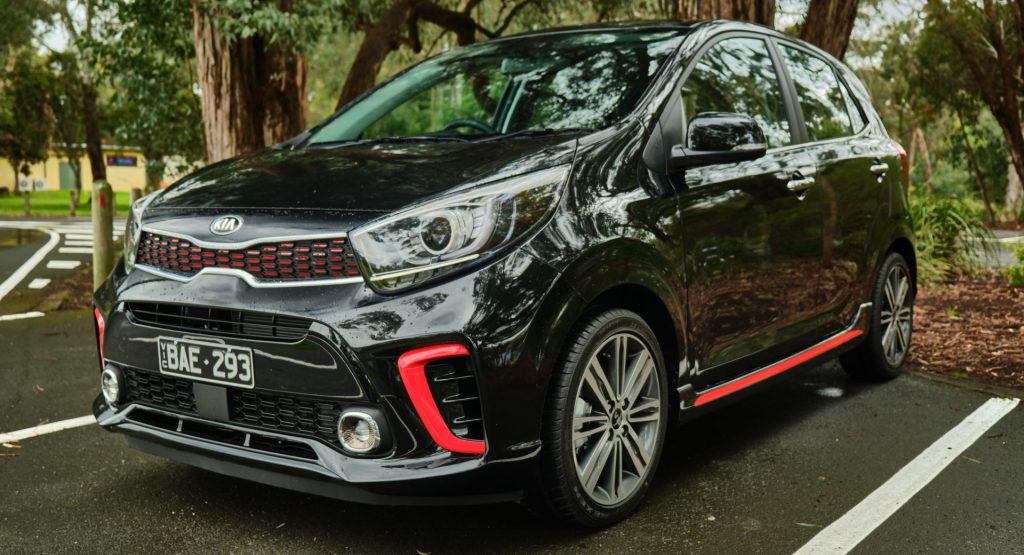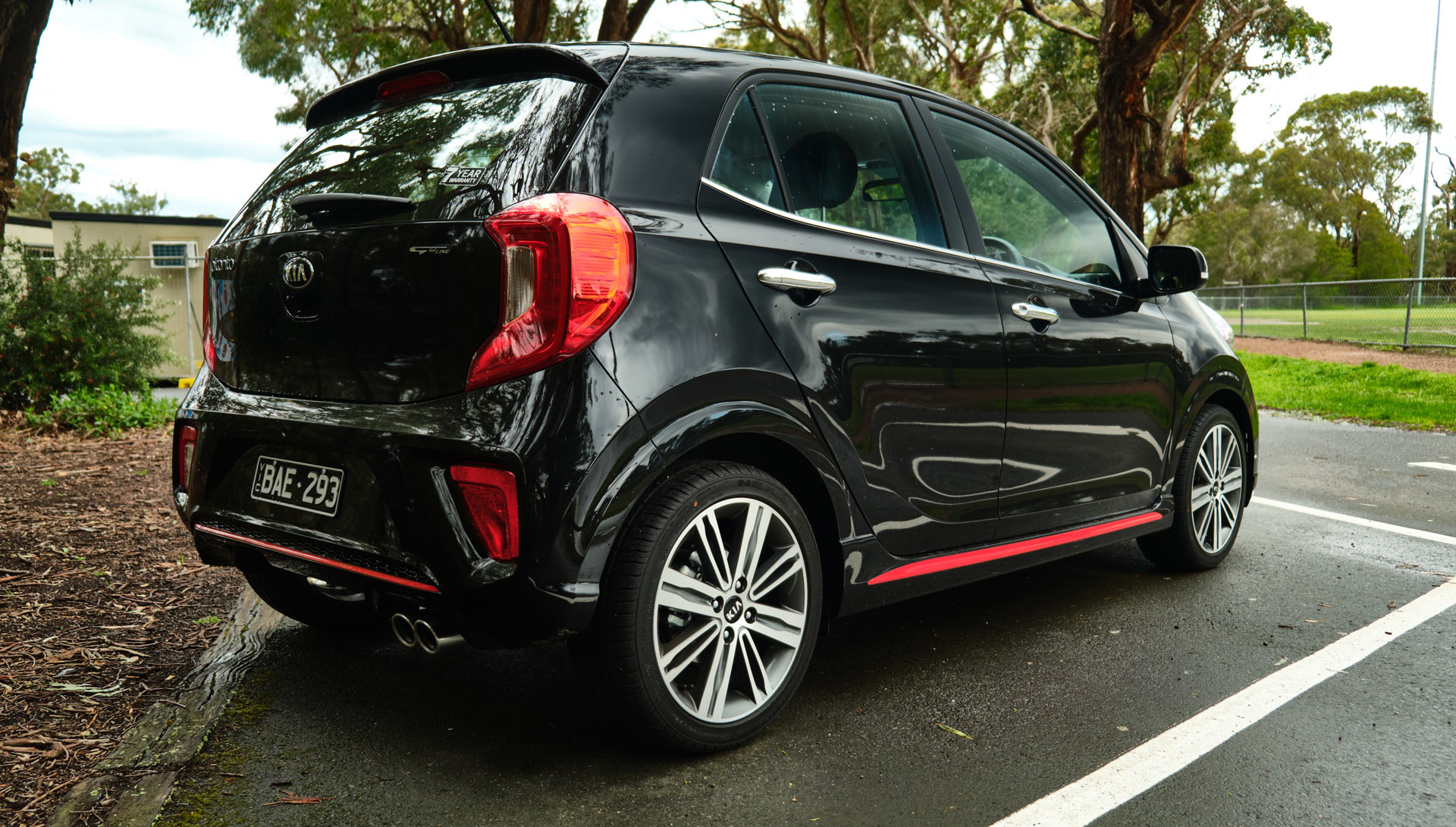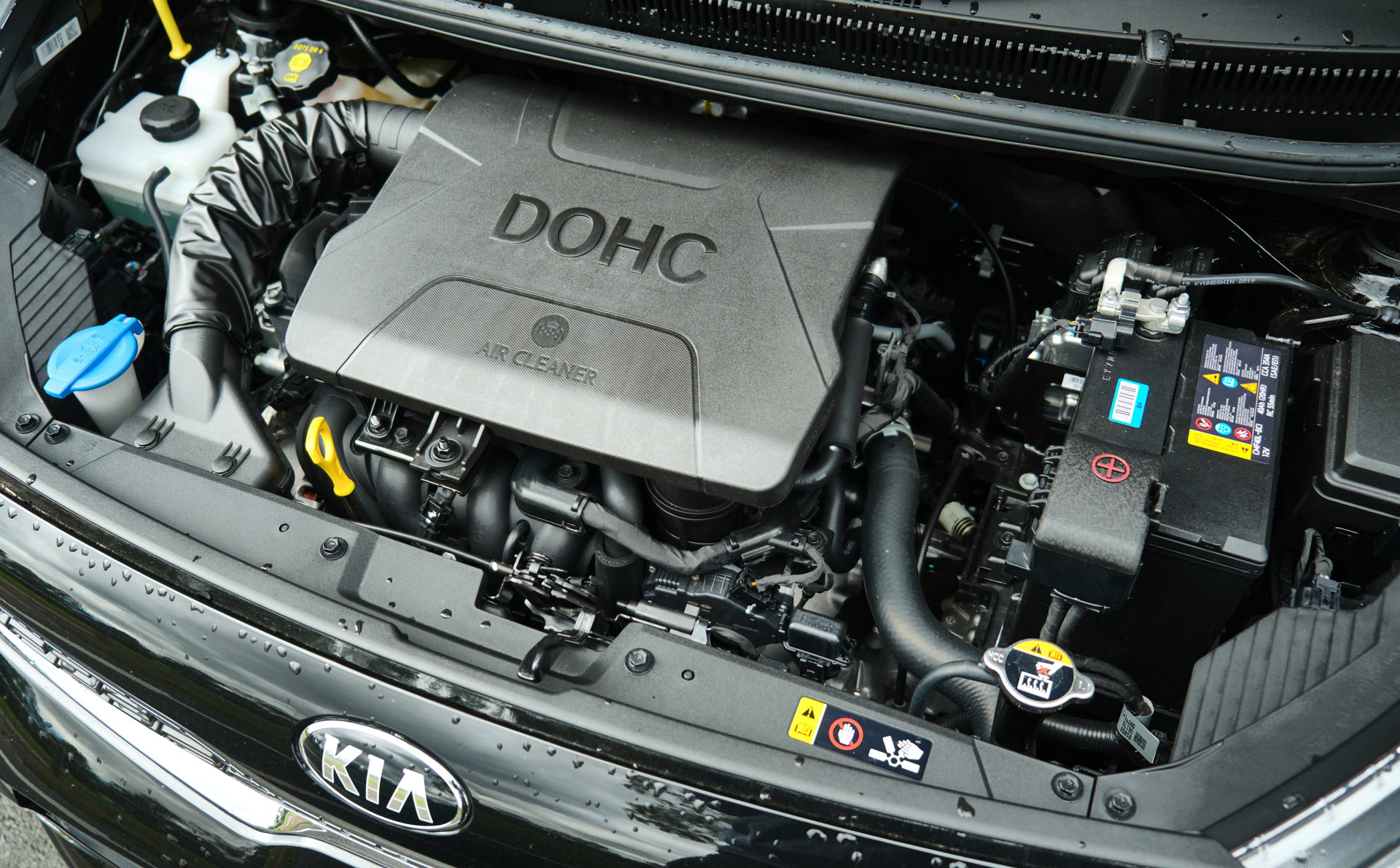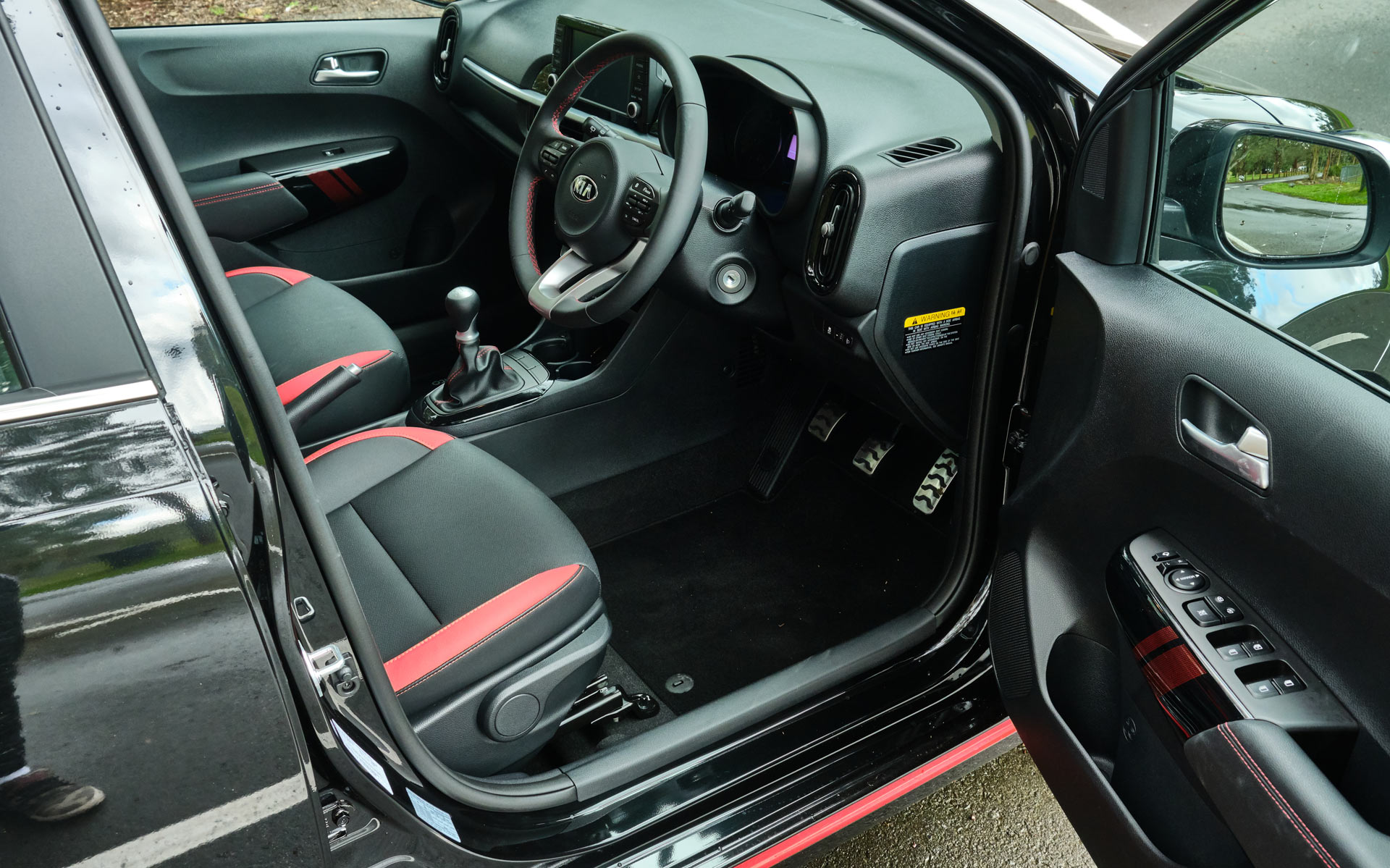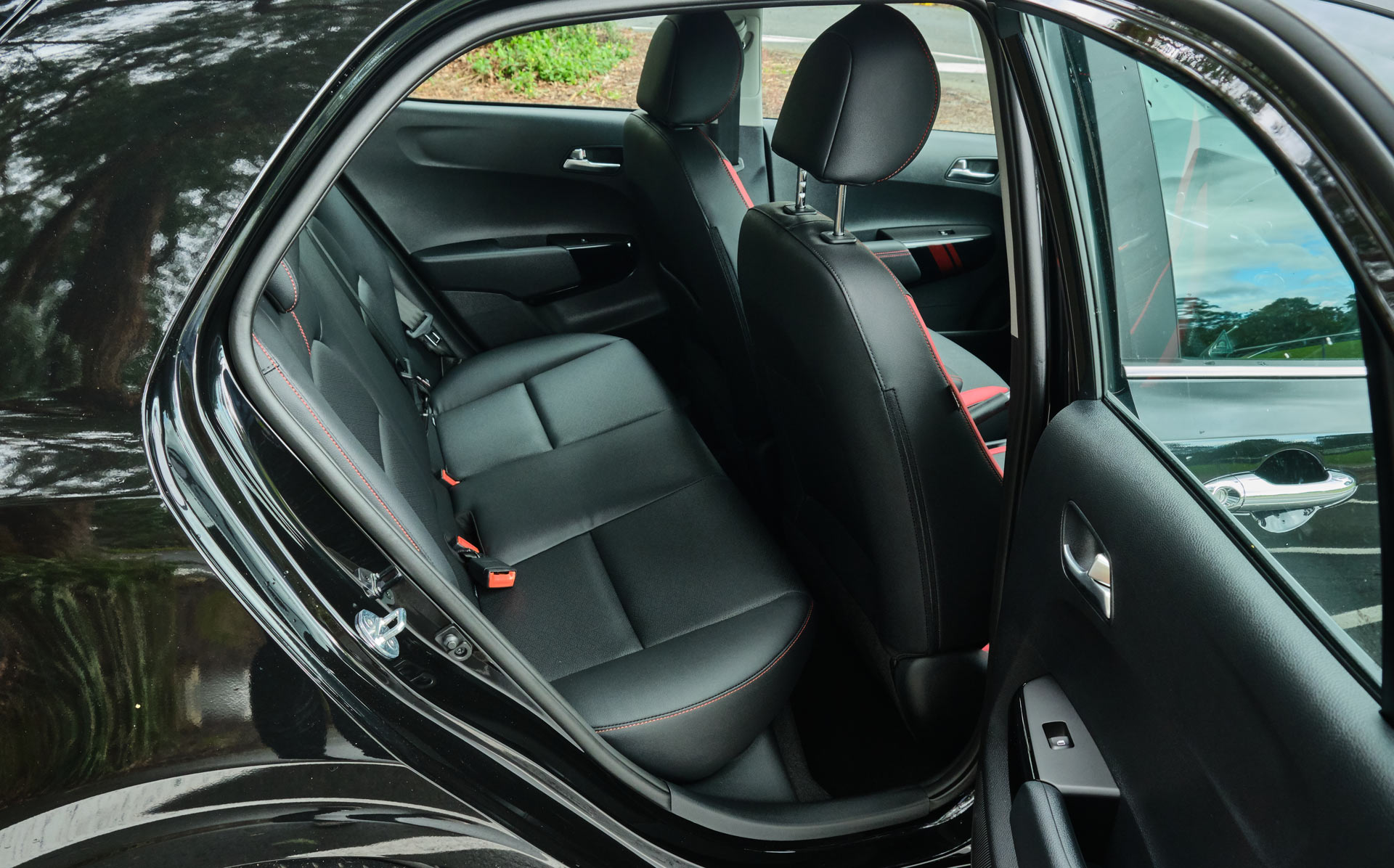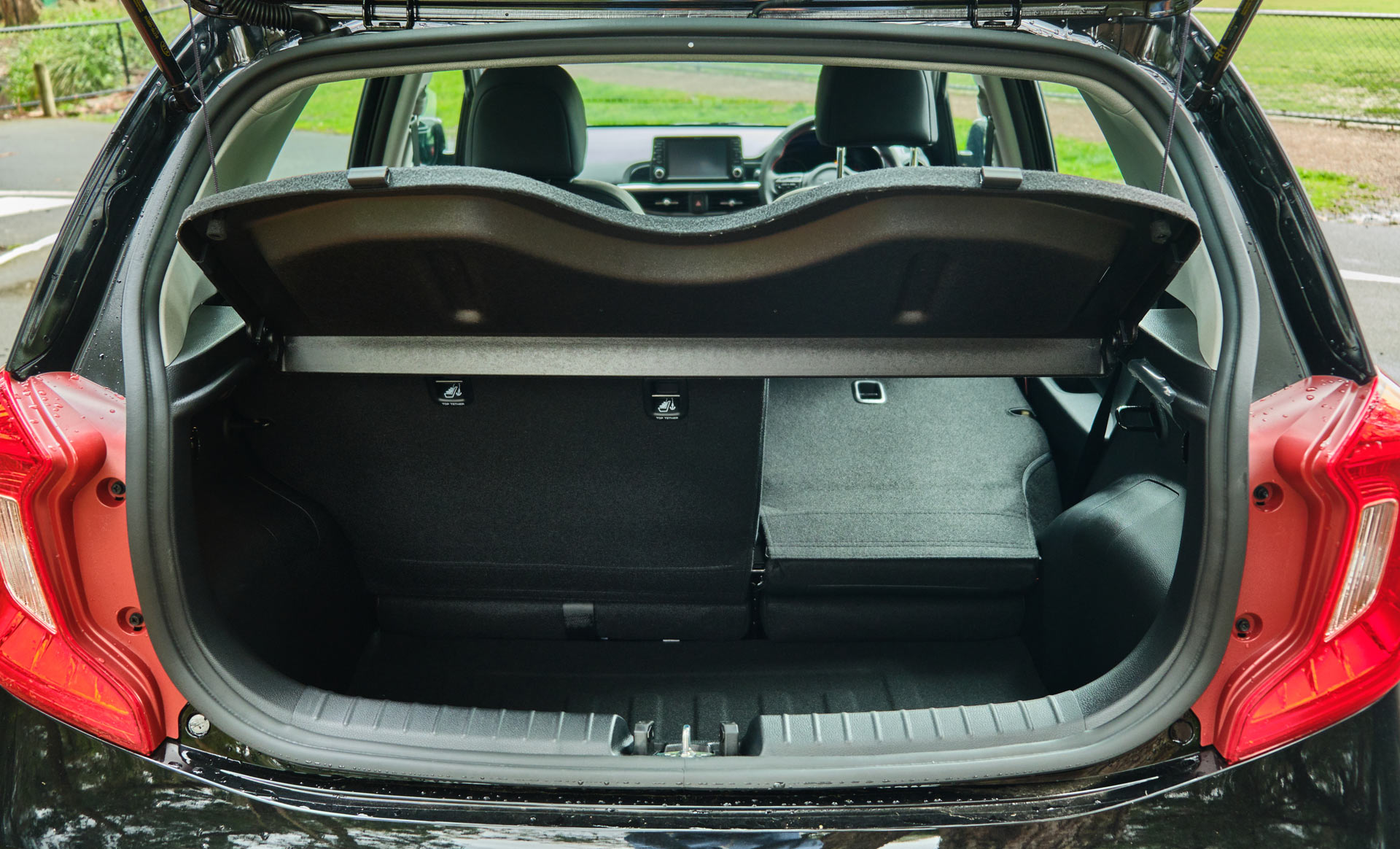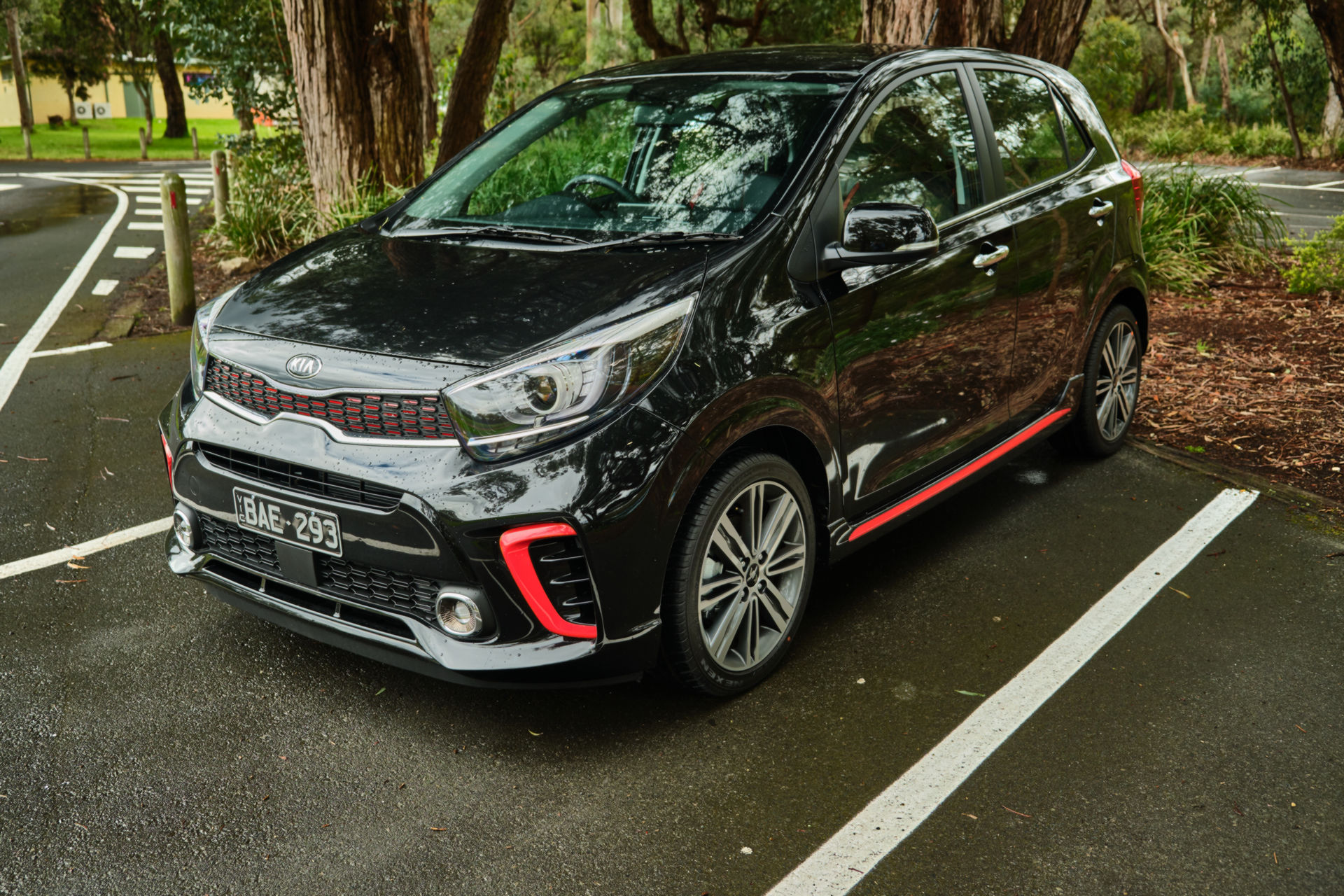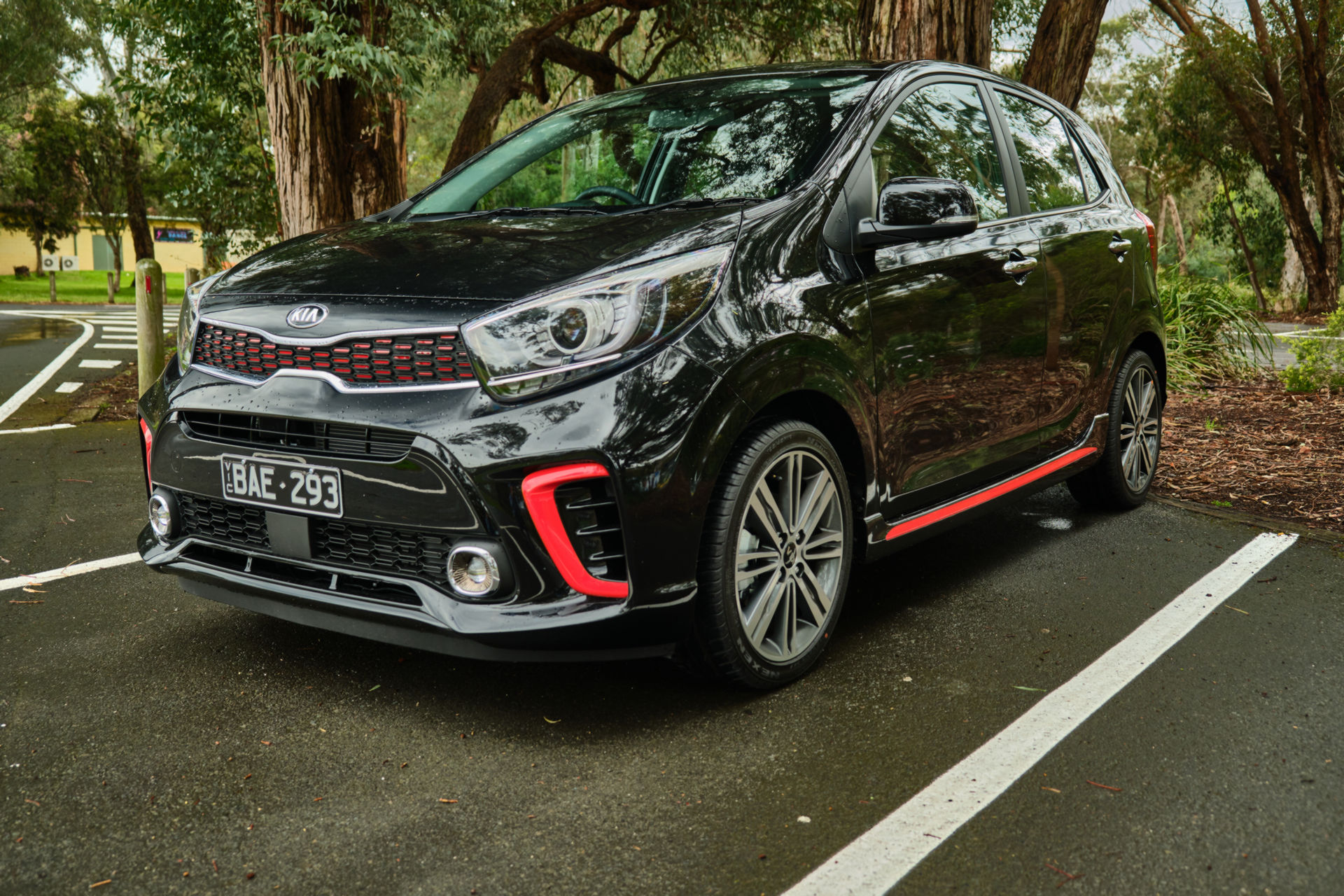The last time I drove a Kia Picanto was in early 2018, when I embarked on an ambitious roadtrip across South Africa. I walked away from that epic journey with a new-found respect and admiration for the South Korean automaker’s micro car, staggered at how it could handle everything thrown at it, including long highway jaunts, irresponsible off-road driving, and everything in between.
Recently, I spent a week with another Picanto and, this time, decided to see how it deals with everyday driving duties, treating it with a lot more care than the rental I had on the other side of the globe.
Small and stylish
In Australia, the Picanto is sold in four different guises, starting with the entry-level S model equipped with a 1.25-liter MPI four-cylinder engine and mated to a manual transmission. One small step up in the range takes customers to the S 1.25L MPI Petrol Automatic with, you guessed it, an automatic transmission. Those after something a little ‘sportier’ and more eye-catching can opt for the GT-Line models, also available in manual and automatic forms exclusively with the 1.25-liter four-cylinder. We drove the GT-Line with the stick shift. Other variants include the X-Line 1.25L Manual and Automatic as well as the Picanto GT with a 1.0-liter turbocharged three-cylinder engine and a manual ‘box.
Review: Why Did We Take A Kia Picanto On A Road Trip To South Africa? Because It’s There
As you’d expect, the 1.25-liter engine making up much of the range isn’t particularly spirited, producing just 83 HP (62 kW) at 6000 rpm and 89 lb-ft (122 Nm) of torque at 4000 rpm. Making up for that lack of power is a relative lack of weight. In fact, the Picanto GT-Line Manual weighs just 976 kg (2151 lbs). The results are surprising. Plant your foot to the floor and the city car pulls surprisingly well and is more than adequate to urban use, never leaving you wanting for more power. The engine is also very efficient, sipping just 5.0-liters/100 km (47 U.S. mpg) of fuel over the combined cycle.
Measuring just 3,595 mm (141-inches) long, 1,595 mm (62-inches) wide, 1,485 mm (58-inches) tall, and sporting a 2,400 mm (94.-inches) wheelbase, the Picanto is compact. Very compact. There is just 255 liters (9 cubic-feet) of luggage space with the rear seats in their upright position, but it feels even less than that. Of course, one doesn’t buy a Picanto thinking it will be exceptionally practical and perfect for a family vacation with suitcases and backpacks.
I’ve always been fond on small cars and, spacious interior aside, the Picanto feels just about the right size for urban driving. Visibility is excellent and the car’s tiny size really makes it feel like you’re driving a go-kart.
Filled with tech
Consumers will be pleased to know that the Picanto GT Line, as well as all other variants in the range, come complete with a number of important and useful safety features. These include ABS, ESC, VSM, Hill Start Assist Control, Autonomous Emergency Braking with Forward Collision Warning System, reverse parking sensors, a rearview camera with dynamic parking guidelines, dusk-sensing automatic headlights, a rear fog light, seatbelt reminders, and child restraint anchorage points. Cruise control is also standard across the range.
The interior of the Picanto GT Line is a very nice place to spend time in even though it lacks the frills of many larger and more expensive vehicles. Kia’s three-spoke steering wheel is wrapped in soft black leather and complete with red contrast stitching. Our test car’s interior theme continued with black and red across the seats and door panels. There aren’t many frills but, hey, you shouldn’t expect much from a car of this sort anyway.
It’s easy to find a nice driving position, although the seats aren’t particularly supportive nor comfortable on long journeys. At the rear, there is a reasonable amount of headroom, but for those slightly taller in nature, there is virtually no leg room. While you could certainly transport four people in the Picanto, you’d be hard-pressed to find two adults that can comfortably fit in the rear – unless they are very small, that is.
Mated to the aforementioned engine of our test car was a five-speed manual transmission that we suspect sells in lower numbers than the available auto ‘box. The shifting mechanism is smooth and nicely weighted, but it’s almost 2020 and we simply can’t imagine all that many customers preferring the stick shift over the automatic. It’s hard to blame them as a car of this sort isn’t one that rewards you for driving it on the ragged edge. The Picanto GT Line much prefers to be be driven in a calm manner, and when done so, the manual is certainly adequate, thanks largely to the exceptionally light clutch ensuring it’s not a pain to use in traffic.
Sticking the car to the pavement are 195/45 tires sitting on 16-inch alloys on the GT-Line, X-Line, and GT models, while the entry-level S models have smaller 14-inch wheels. Should you feel inspired to up the tempo on your drive home, the Picanto GT Line lets you have fun at reasonable speeds, yet it never feels all that comfortable driven hard and is prone to understeer.
A great micro car, but it can get costly
Before on-road costs, the Kia Picanto starts at AU$14,190 (US$9718) and jumps to AU$15,690 (US$10,746) for the GT Line with the standard manual ‘box. Those after the sportier Picanto GT, complete with its turbocharged three-cylinder, can pick one up from AU$17,990 (US$12,321) although at that point it’s probably worth looking at the largely entry-level Kio Rio S 1.4 Manual that’s starting from AU$17,490 (US$11,978).



